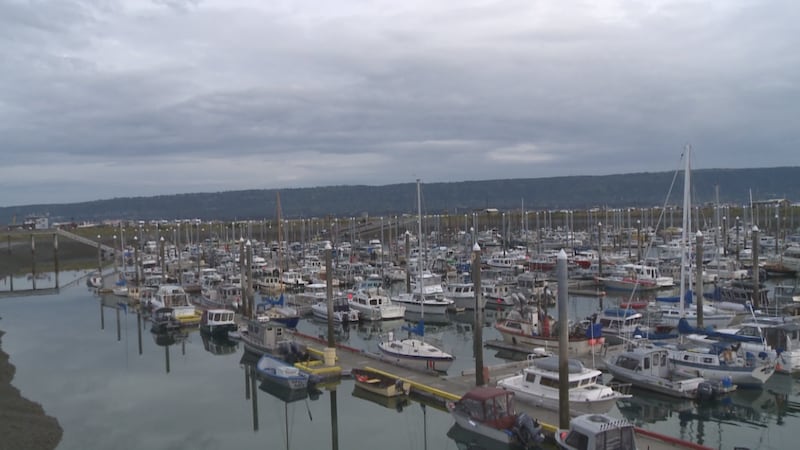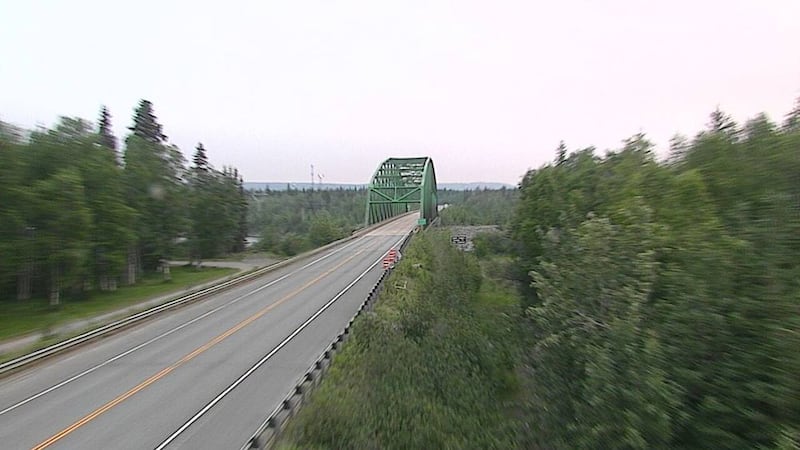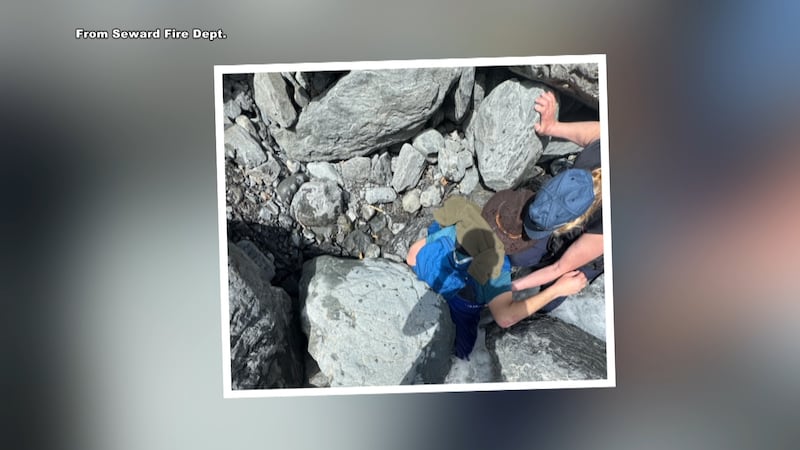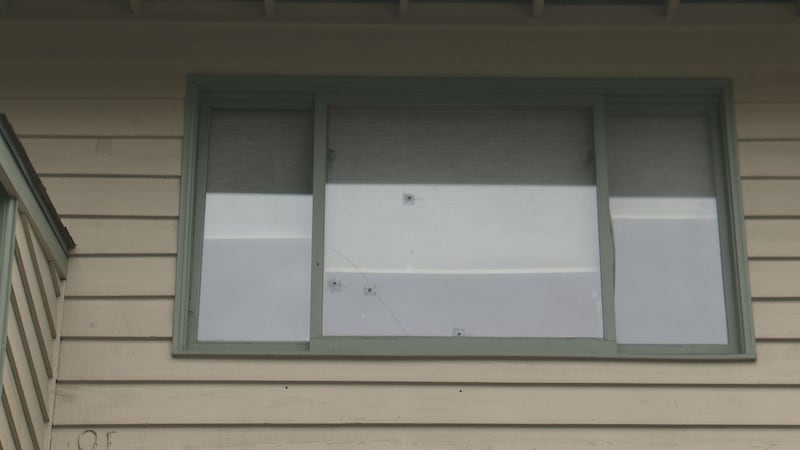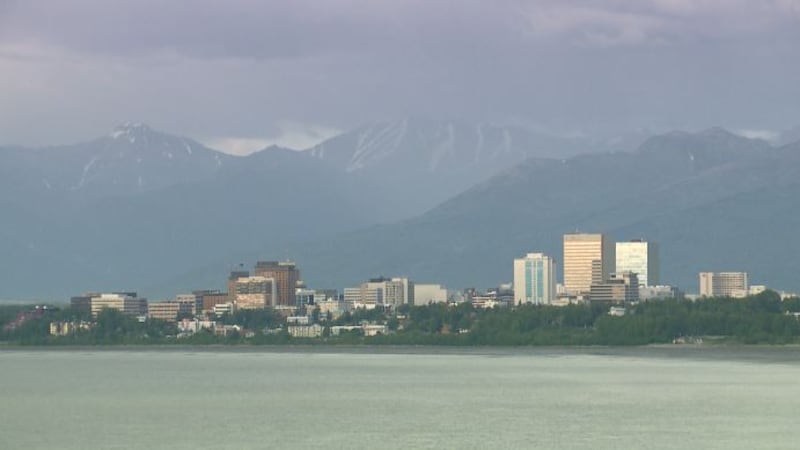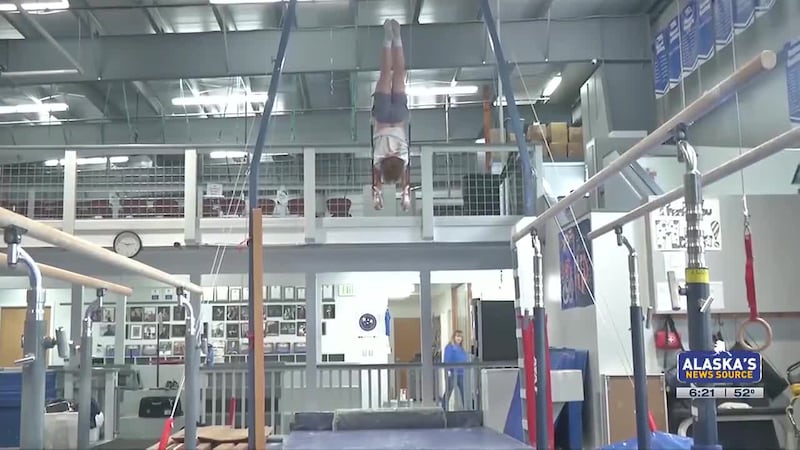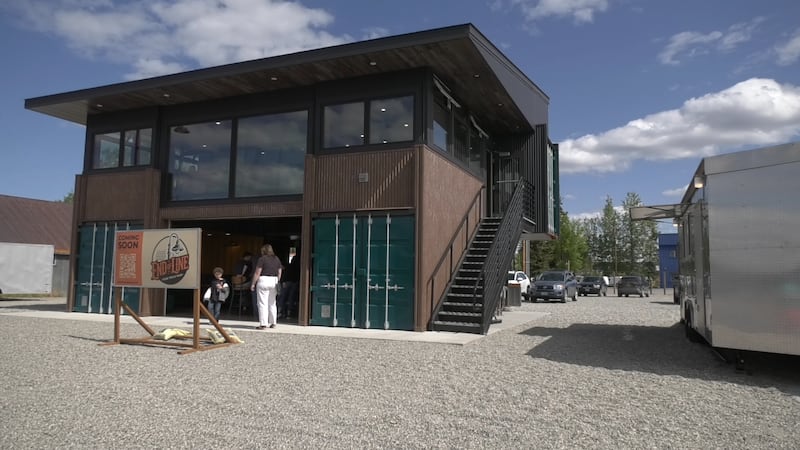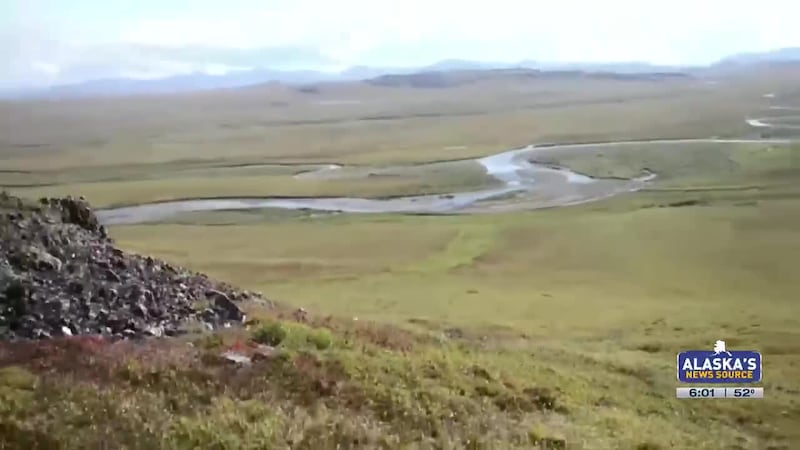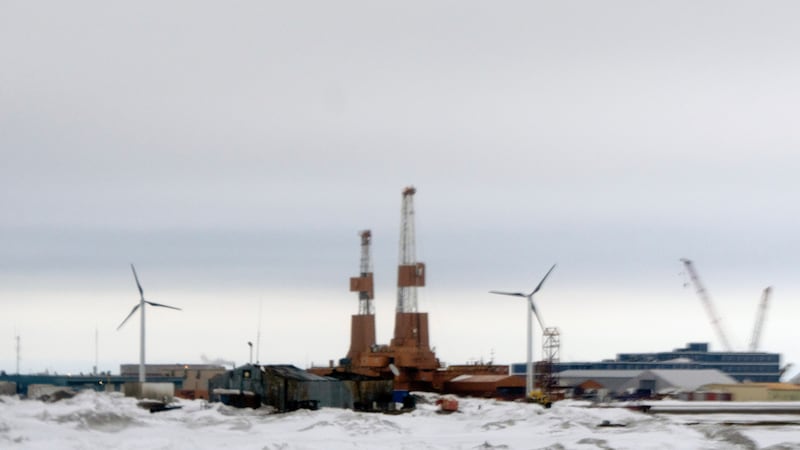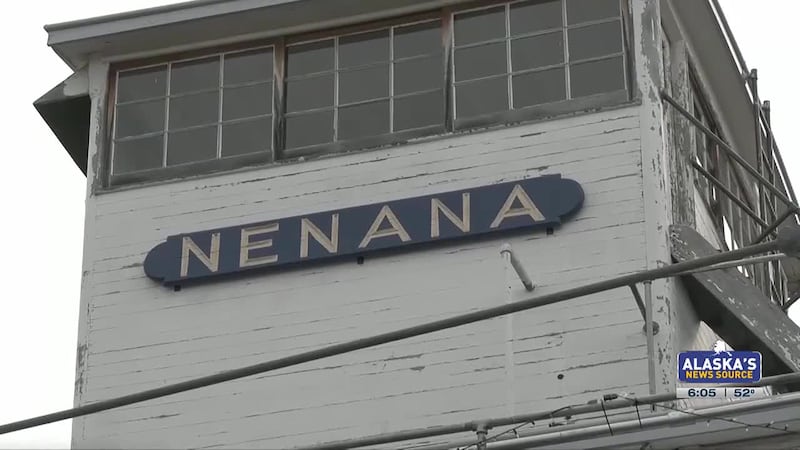Stocks plunge amid tariff plans: Breaking it down for Alaskans
ANCHORAGE, Alaska (KTUU) - Stocks on Wall Street took a nosedive Thursday, less than 24 hours after President Donald Trump announced widespread tariffs on a majority of goods imported into the United States.
The S&P 500 sank 4.8%, more than in major markets across Asia and Europe, for its worst day since the COVID-19 pandemic crashed the economy in 2020. The Dow Jones Industrial Average dropped 1,679 points, or 4%, and the Nasdaq composite tumbled 6%.
The drops came a day after Trump imposed steeper tariffs on dozens of nations that run meaningful trade surpluses with the United States while imposing a 10% baseline tax on imports from all countries in response to what he called an economic emergency.
Alaska financial advisor Al Biss explains the expected impact on Alaskan residents and companies (see video above).
“So markets hate uncertainty and we’ve seen that the last few weeks, a lot of volatility out there with uncertainty about tariffs,” Biss said. “Usually, once there’s certainty, even if it’s bad news, markets usually take it in stride or feel a little better.”
“That didn’t happen today. So we had a much bigger tariff roll out than what people thought. So we saw the markets get crunched. I mean, this is the worst day since early 2020 when we were in the pandemic,” he added.
Biss says that there will be some long-term uncertainty as tariffs go back and forth.
“For short term, it’s never any fun to go through days like this. I’ve been through a lot. It’s a part of the overall market, though,” he said.
He says that Alaskans need to keep an eye on oil prices as they are directly tied to our state budget.
High tariffs drive folks to worry about a recession and a slowing economy. Biss explains that worry translates to less money being spent by individuals and businesses.
While oil prices fluctuate and DOGE cuts come out of Washington D.C., Biss says that there are positives to look at in Alaska.
“On the good side though, an unemployment slow, we’ve got a tight labor market that should keep wages up for the most part,” he said.
In terms of tariffs, Biss agrees with the President’s assessment that the United States is paying more than what we’re charging.
“For example, India, our average tariff on India is about 3.3%. The average tariff on us is 17%,” Biss stated. “It’s quite a huge discrepancy.
“The only country actually right now we don’t have a big tariff gap of the major trading partners is China. But, of course, China puts so much of the government money into their industries to subsidize them. It’s hard to make an apples-to-apples comparison,” he added.
Biss explains the need for tariffs and why, in general, there is such a discrepancy between what the U.S. charges and what we pay.
“A lot of times when you put in tariffs, it’s so you can develop your own industry,” Bliss laid out.
“So, for example, after World War 2 with Europe, they wanted to get their car makers and their industry back on its feet. So instead of having cheap American goods pour in, they put high tariffs on so that allowed them to develop their own internal industry,” he said. “Same with India, where they’ve got trying to develop their own internal industries without a lot of competition from outside.”
“But now a lot of places, especially Europe, is extremely developed,” he added. “They still have extremely high tariffs on things like our autos, and also there’s other things aren’t necessarily tariff related, like food quality going into Europe. They’ve got all these different hoops to jump through. So we have a real hard time exporting food products to Europe because of that, even though it’s not a tariff, it’s something that affects our ability to trade.”
Ultimately, Biss says to buckle up because the ride may be a bit bumpy.
“I look back, and in 2018 was the last time Trump was in [office], and he started throwing some big tariffs out on China and Canada and Mexico and Europe... kind of sounds familiar with the steel tariffs we had,” he explained. “So 2018, when all those tariffs came out and then we had escalation from Europe and other things, markets didn’t do well. It was up and down, a lot of volatility, ended the year down a little over 4%.”
“2019 though, we started to put these tariffs together, we cut some tariffs back here. There’s some deals made. It was up over 30%,” he added. “I’m not saying that’s going to happen again, but it’s not unprecedented having all the stuff thrown up against the wall and then we see, well, they work through it and trying to use it as a negotiation tool. COVID-19”
The Associated Press contributed to this report.
See a spelling or grammar error? Report it to web@ktuu.com
Copyright 2025 KTUU. All rights reserved.
